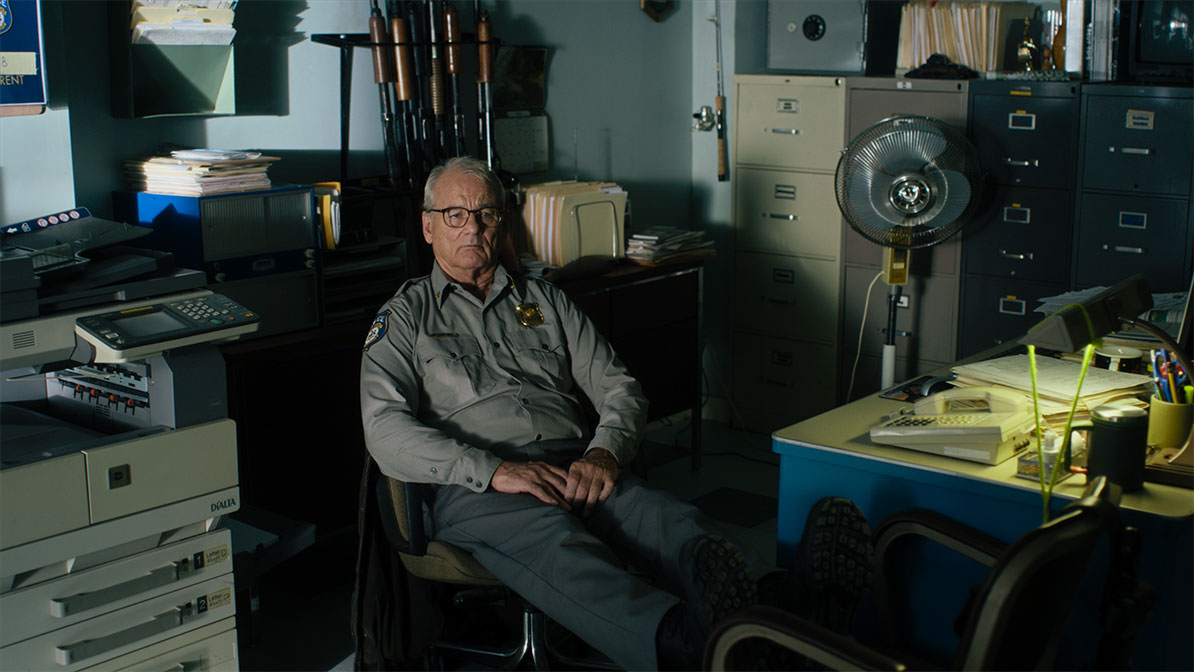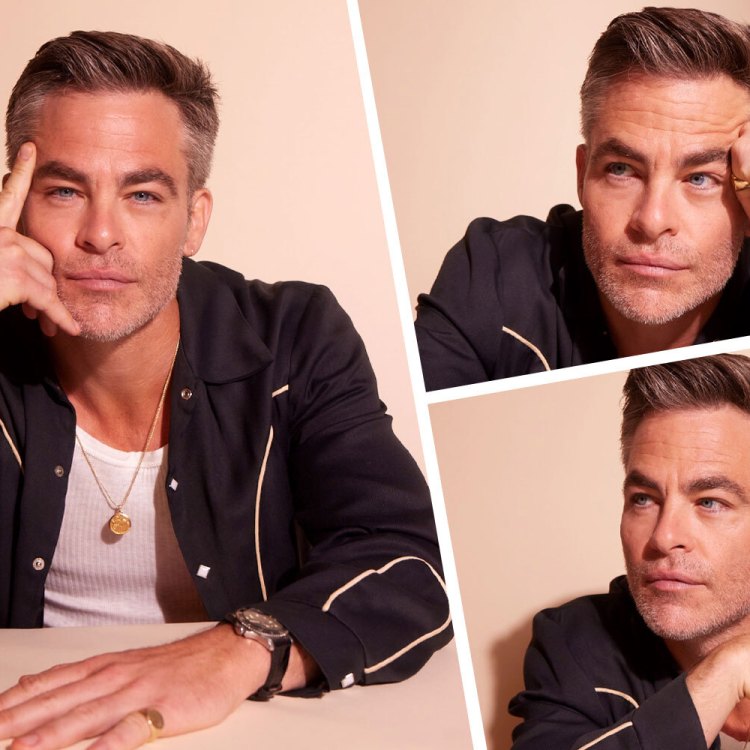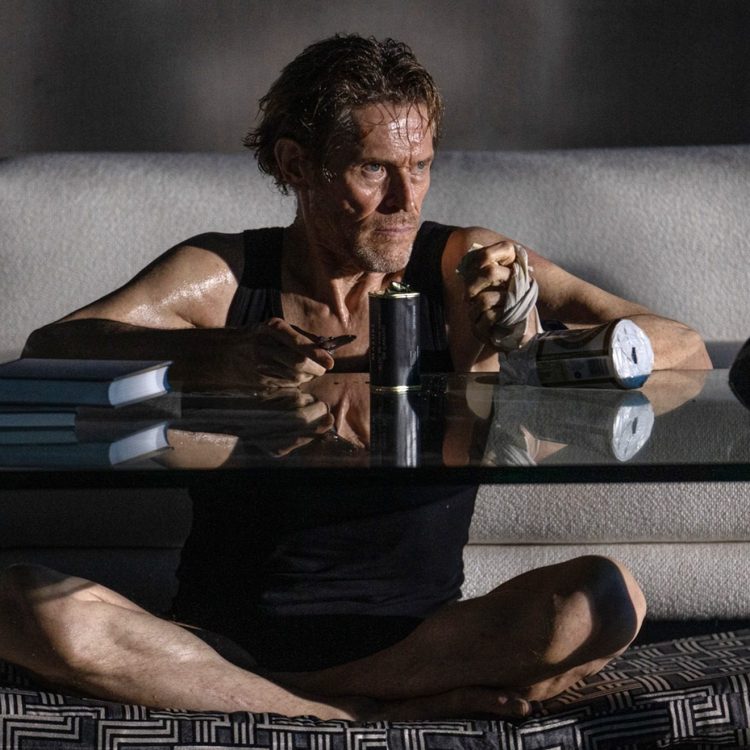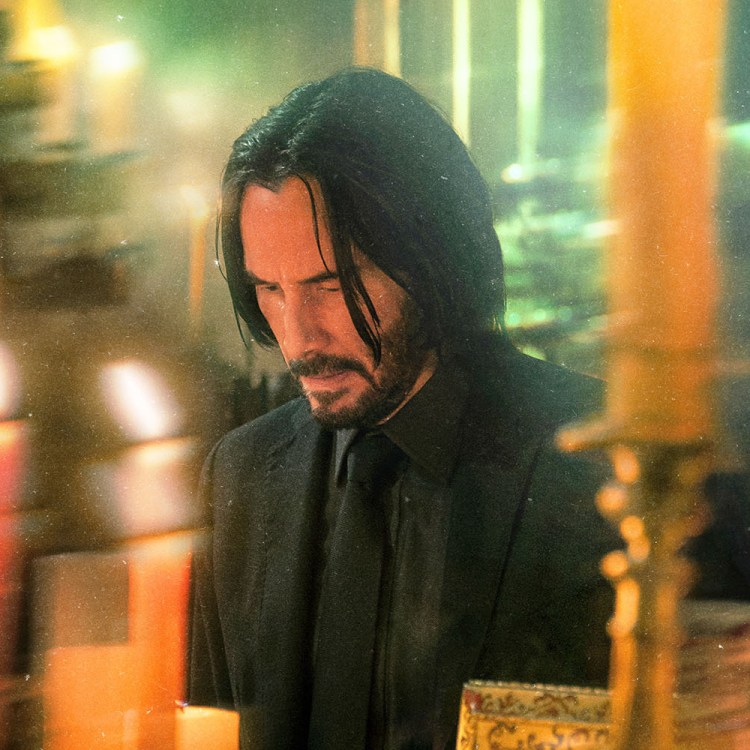Jim Jarmusch’s new zom-com (that’s a zombie comedy) The Dead Don’t Die opens on an act of mercy. In the woods outside of the quiet town of Centerville, local law-enforcement chief Cliff Robertson and his right-hand officer Ronnie Peterson have entered a low-key standoff with the resident forest-dwelling vagabond Hermit Bob. The grizzled recluse has discharged a firearm, and Ronnie wants the go-ahead to return the shot. But Cliff remembers the young Hermit Bob who attended high school alongside him, a guy with his heart in the right place, and tells his partner to stand down. They take off, the peace kept.
It’s a small but meaningful gesture of compassion, signaling an integral tender-heartedness that the film bleakly suggests may have no place in a carnivorous world. But because Cliff Robertson also happens to be portrayed by Bill Murray, one also gets the sense that he walks away from the conflict simply because he can’t be bothered.
This combination of a magnanimous soul and hangdog resignation defines the later years of Murray’s career, a period that’s seen the actor effectively dissolving the divide between the characters he plays and his real-world persona. An audience sees a broken-down and yet effortlessly charming man onscreen, and recognizes him both as Bill Murray and “Bill Murray,” the sleepy-eyed life of the party liable to pop up at your baseball game or backyard cookout. But unlike Adam Sandler, another SNL alumnus with a healthy movie C.V. indivisible from the guy the public knows and loves, Murray hasn’t used his meta-presence as an excuse to phone it in. He sees his ineffable Bill Murray-ness as a character unto itself, rather than the absence of one, sculpted and challenged with each new performance. It’s only a matter of time until the marketing-savvy get the bright idea to promote a connected Bill Murray Cinematic Universe.
There’s always been a trace element of Murray himself in his characters, his plays on his own “type” a longstanding tradition that’s only grown more pronounced as of late. His days at 30 Rockefeller Center established him as the image of sardonic detachment, at all times one ironic smirk ahead of the joke. The early successes at the multiplex used that quality as the fulcrum supporting the arc-shaped character development native to feature-length entertainment. From Ghostbusters to Scrooged to Groundhog Day, Murray assayed men wrapped up in their own cynicism until they can find it within themselves to give a shit. He was an ideal vessel for the spirit of Ebenezer Scrooge, a Gen-X update tweaking Dickens’s curmudgeonly exterior for an era too cool to care.
Like all movie stars, he strikes a balance between artifice and authenticity, just steadier and with more thought than most.
As Murray progressed past the tail end of middle age, he inched closer to the borderlines separating himself from his fictions. He’s appeared as himself on several occasions scattered throughout his four-decade filmography, all of them curiously consistent in their depictions of “Bill Murray.” Appearing in kid-friendly form for Space Jam, he shows up to save the day, only to talk over Michael Jordan while on the b-ball court and then refuse to play defense. In Jarmusch’s 2003 anthology film Coffee and Cigarettes, Murray seeks an escape from the many tribulations of celebrity life by moonlighting as a diner waiter, with the Wu-Tang Clan’s GZA and RZA his delighted customers. “Bill Groundhog-Day-Ghostbustin’-Ass Murray!” they effuse. Murray requests they keep his identity secret from the other diner patrons.
Murray’s last dalliance with the undead, 2009’s Zombieland, saw the actor donning partially decomposed makeup to blend in with the horde and continue on amidst the slow-moving apocalypse. When a stray shot kills him for real, he shrugs that his only regret would probably be doing the live-action Garfield movie.
There’s a thread of volitive self-deprecation connecting these disparate non-role roles, and it’s strongest in Sofia Coppola’s holiday special A Very Murray Christmas. Murray makes himself out to be a grump, stuck doing a live TV special for an audience of zero against his will after a snowstorm blackout isolates the Carlyle Hotel from the rest of New York. Of course the Yuletide cheer overtakes him and he whisks the other residents stranded in the building into a thrown-together soirée, but the foundation of his “character” — that is, how he represents himself to all of us — remains that touch of inscrutable melancholy. It seems that he’s assuaging everyone else’s loneliness to scrub a bit of it from himself, too. If all of his films have some proximity to the man’s inner workings, his later years have outed the note of sincere world-weariness always belying his volleys of sarcasm.
In 2003, Lost in Translation set the tone for most of Murray’s significant projects in the new millennium by pairing his wry sense of humor with the feeling of being run down by life. As his thinly veiled avatar Bob Harris, he’s duly charismatic (just look how he wears the bejesus out of that tuxedo!), as well as confused, alienated and adrift in a world that doesn’t understand him. That last existential angst takes a literal turn, as Bob’s gone to Japan to shoot a luxury whiskey commercial, but the situation probably isn’t so different back in the States. The defining roles of his current phase share this weatherbeaten air, that these men have been put-upon for so many years that they approach a point of personal depletion. They’re tired, and Murray’s wistful face telegraphs that like no one else’s.

Even as the overall standard for Murray’s recent films has slipped, he’s continued building and developing his personal myth through his selection of new gigs. 2012’s Franklin Roosevelt biopic Hyde Park on Hudson ranks as one of the least watchable in the Murray canon, but there’s something to be learned from his choice to make the former President into an irresistible-cad figure at the mercy of his incorrigible weakness for women as well as his overbooked schedule. Same goes for Rock the Kasbah, another misshapen lump of cinema nonetheless offering Murray an opportunity to bring nuance to what would otherwise be moping. (That, and warble out a slinky ballad with a lounge singer’s polyester showmanship, a favored habit over the years.) As a washed-up talent manager who winds up coaching an ingenue through Afghanistan’s equivalent of American Idol, he again uncovers the wounded side beneath someone well-trained in putting up a front for his job’s sake.
Whether he’s a jaded Vietnam war vet (St. Vincent) or an eccentric billionaire (Aloha), every Bill Murray character has two selves. When he’s pouring cocktails and working the room, it’s usually meant to disguise bruising invisible to our observing eyes until he wants us to see it. When he’s going gruff or bitter, he reliably exposes the soft stuff he’s still holding inside. Like all movie stars, he strikes a balance between artifice and authenticity, just steadier and with more thought than most.
All of which has led to The Dead Don’t Die, the ultimate reconciliation of “Bill Murray” and the characters he uses to frame that concept. The film’s final minutes trample over the fourth wall, as Murray and Driver break with their reality to wryly remark on how the movie’s going and their individual relationships to Jarmusch, name-dropped as “Jim.” As they both accept that certain doom awaits, Murray feels a touch wronged, muttering, “After all I’ve done for him!” He’s both kidding and not, himself and not, despairing and not. As ever, he has an aura of the slightly unknowable, a mystery to those of us who know him only through the glimpses of truth he allows us. He stays put on the A-list decade in and decade out for holding us at arm’s length, forcing audiences to keep their distance … after all he’s done for us.
This article was featured in the InsideHook newsletter. Sign up now.






















